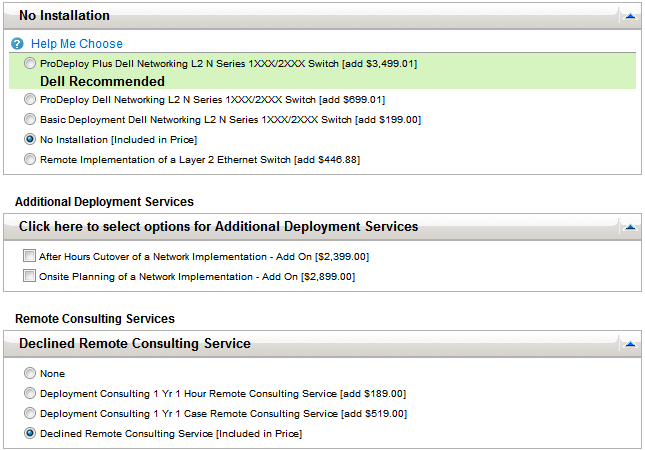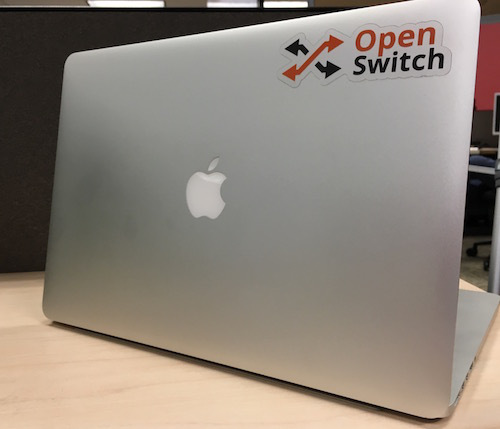EU charges Google with foisting its search and browser on smartphone makers
The European Commission on Wednesday made new antitrust charges against Google, alleging that the company foisted its search application and the Chrome browser on Android smartphones makers as a condition to license its other apps and services. The commission also charged Google with preventing makers from selling devices running variants or “forks” of its Android operating system, and giving financial incentives to both phone makers and mobile network operators if they agree to preinstall Google Search on their devices. In its contracts with manufacturers, Google has made the licensing of the Play Store on Android devices conditional on its search application being pre-installed and set as default search service, according to the commission.To read this article in full or to leave a comment, please click here
 Q1 makes a joyous noise amid pre-merger jitters.
Q1 makes a joyous noise amid pre-merger jitters. You can choose options for ‘rack and cable’ basic deployment or more comprehensive
You can choose options for ‘rack and cable’ basic deployment or more comprehensive  It's a post-PC world.
It's a post-PC world.
 Mesosphere leads the charge with Microsoft, HPE, Cisco, and EMC support.
Mesosphere leads the charge with Microsoft, HPE, Cisco, and EMC support.